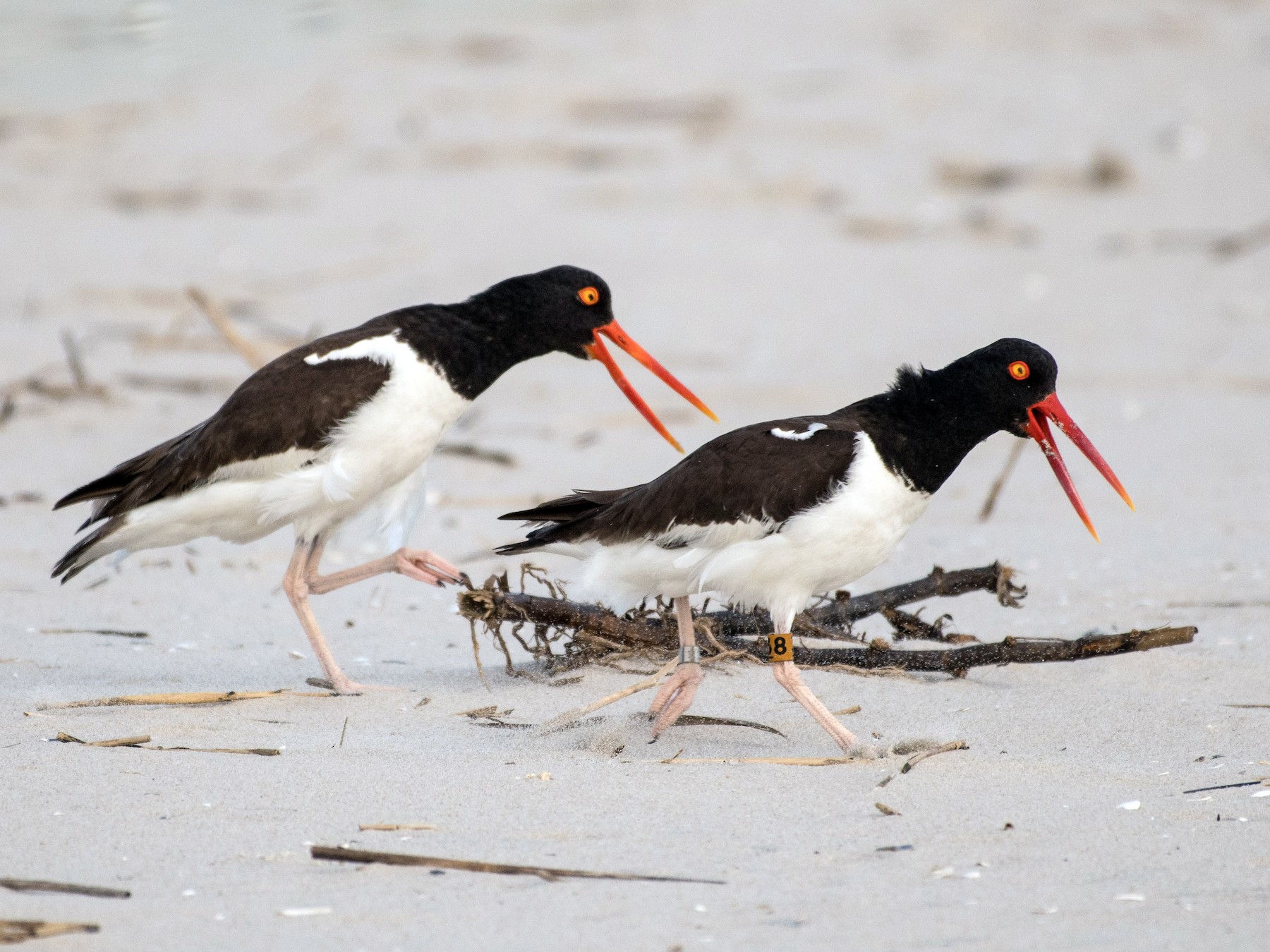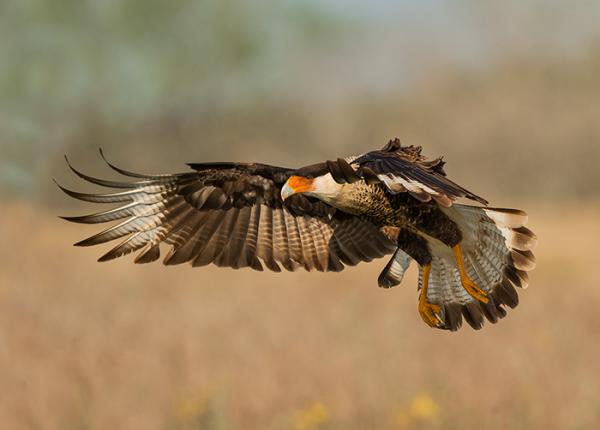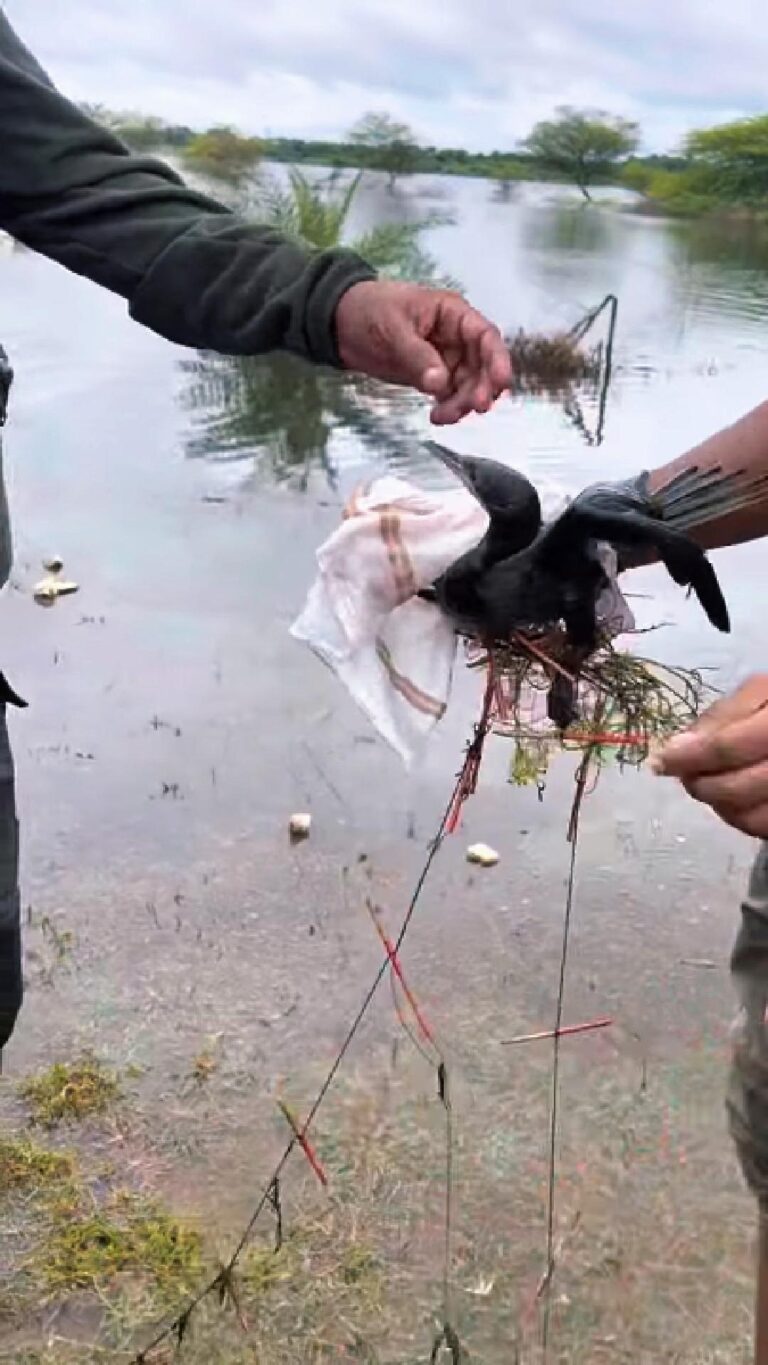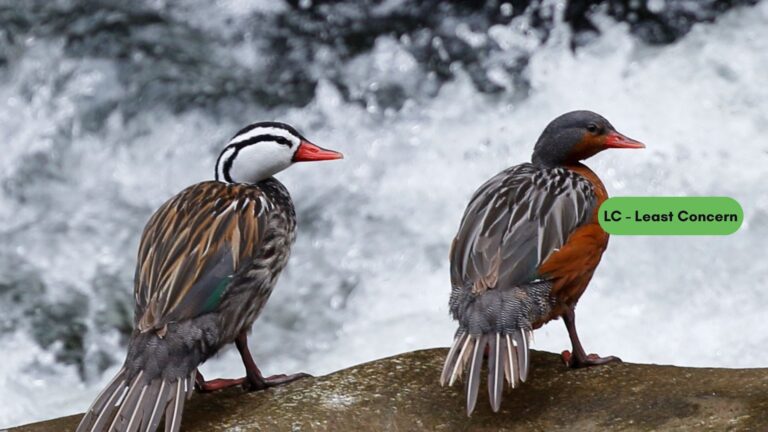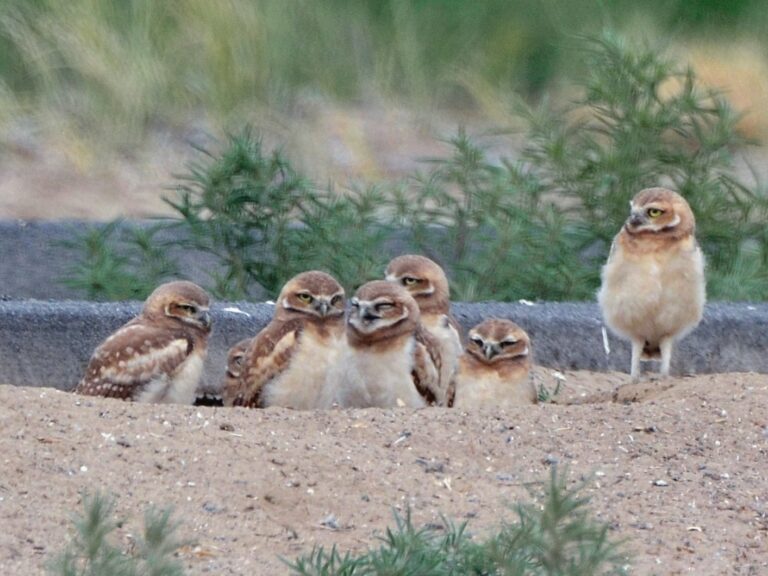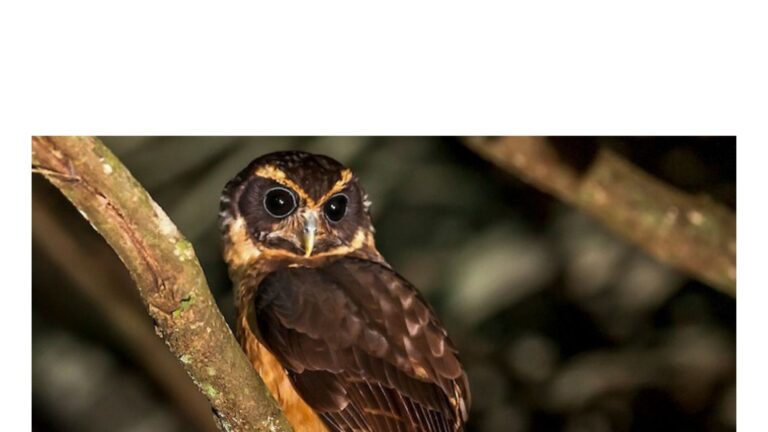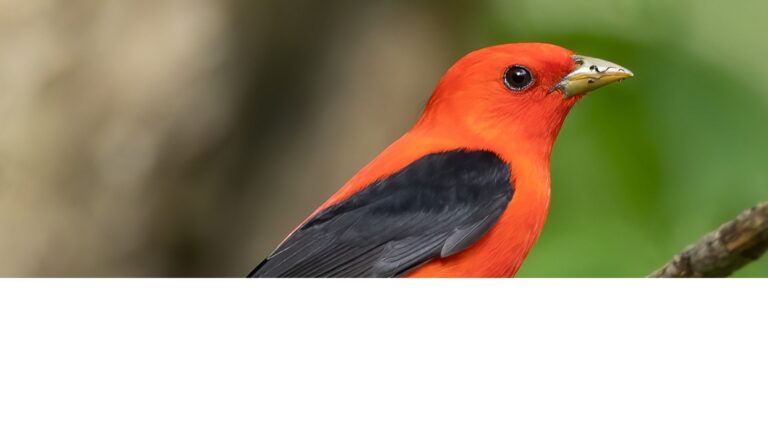American Oystercatcher: The Resilient Shorebird of Coastal Ecosystems
The American Oystercatcher, known scientifically as Haematopus palliatus, is a striking shorebird found along the coasts of North America. This species has gained attention due to its unique breeding habits and foraging strategies, making it a fascinating subject for both bird watchers and conservationists. As a species of high concern, the American Oystercatcher faces various challenges that threaten its habitat and population.
Their notable physical features, such as long legs and a bright orange bill, help distinguish them from other shorebirds. These adaptations are essential for hunting for clams and oysters, which form the bulk of their diet. Understanding their behavior and ecology is crucial for implementing effective conservation efforts that aim to protect this remarkable bird.
The American Oystercatcher not only plays a significant role in coastal ecosystems but also symbolizes the need for environmental stewardship. With increasing challenges from habitat loss and human activities, it becomes vital to raise awareness about the conservation of this species and its environment.
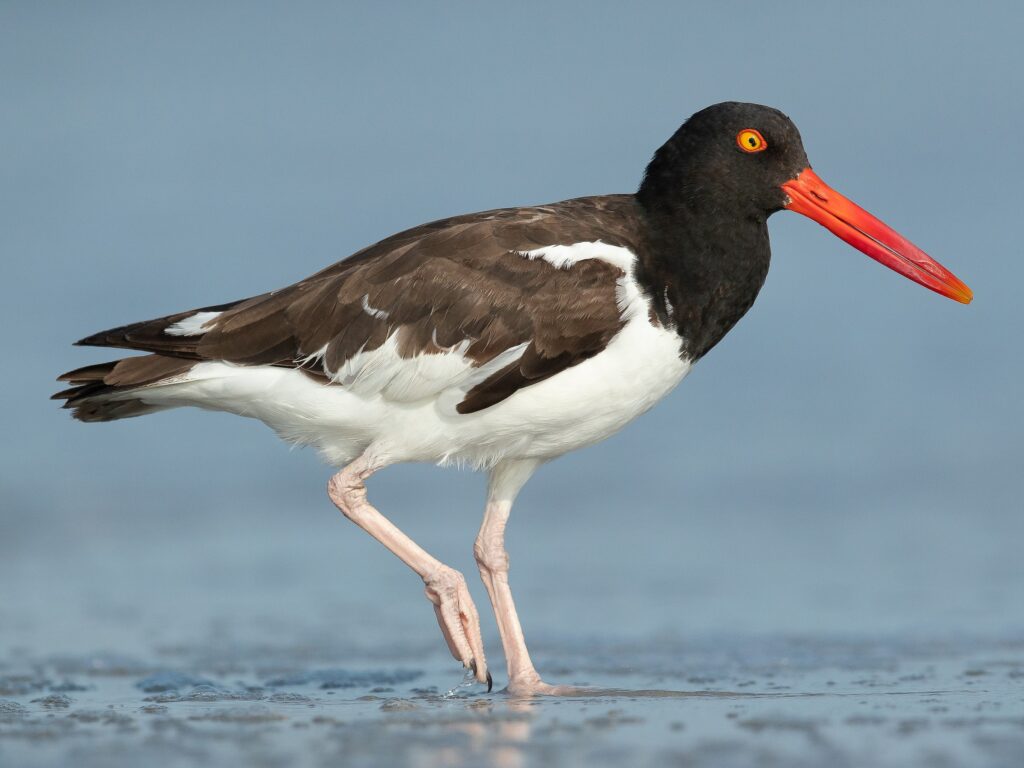
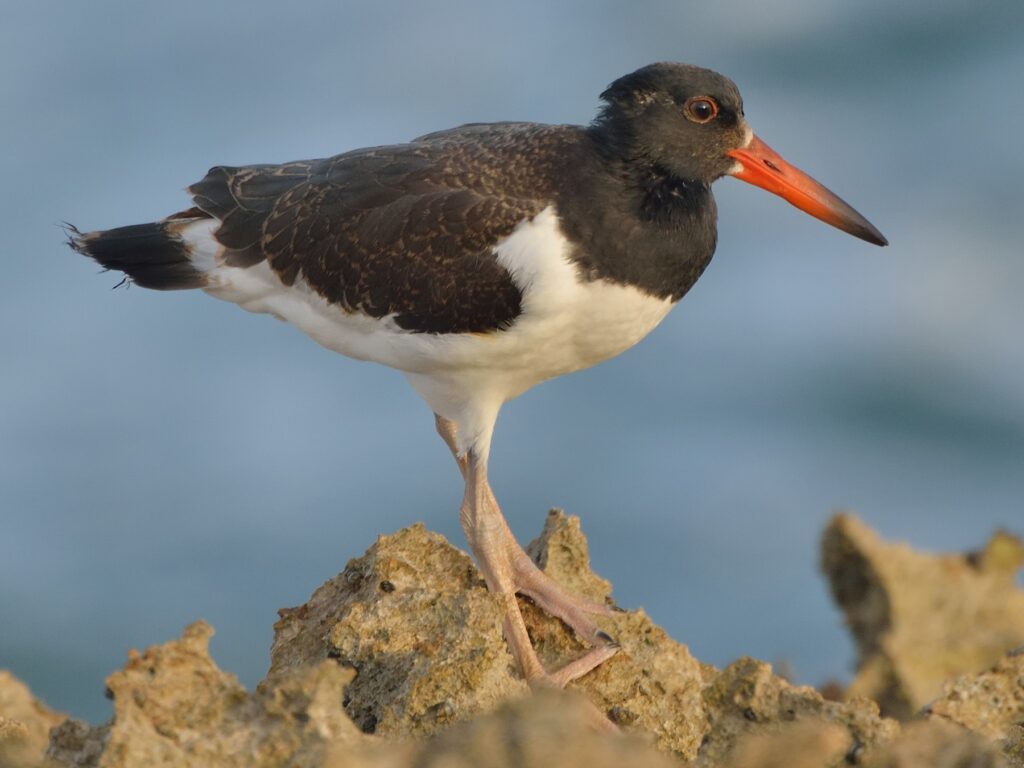
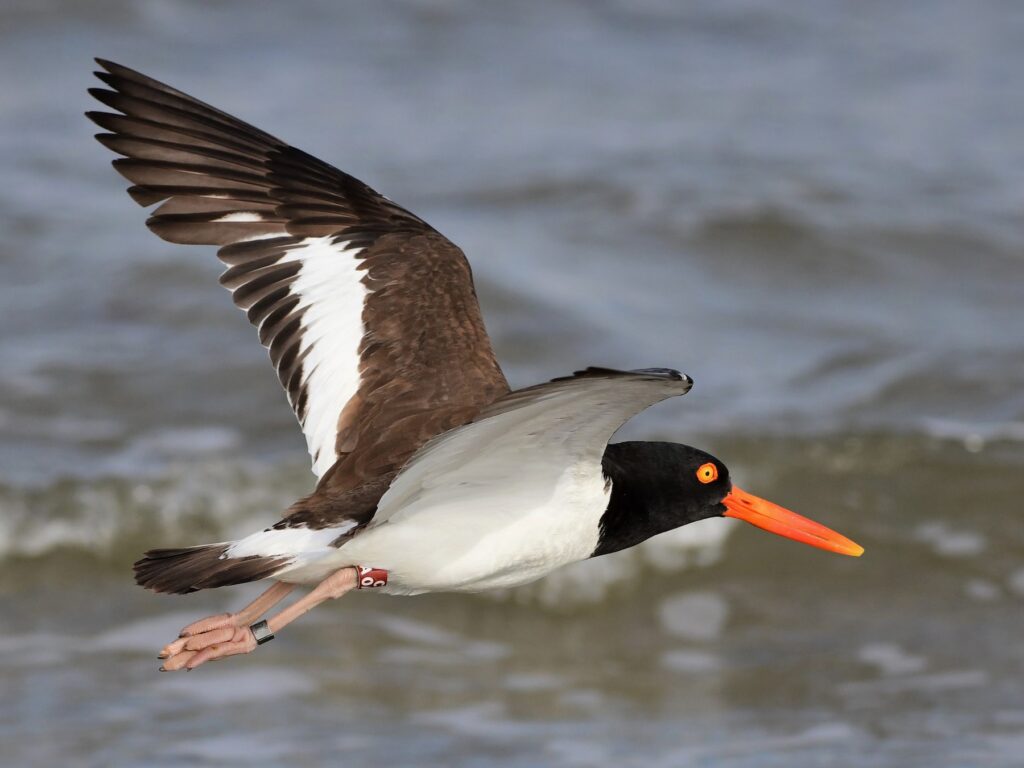
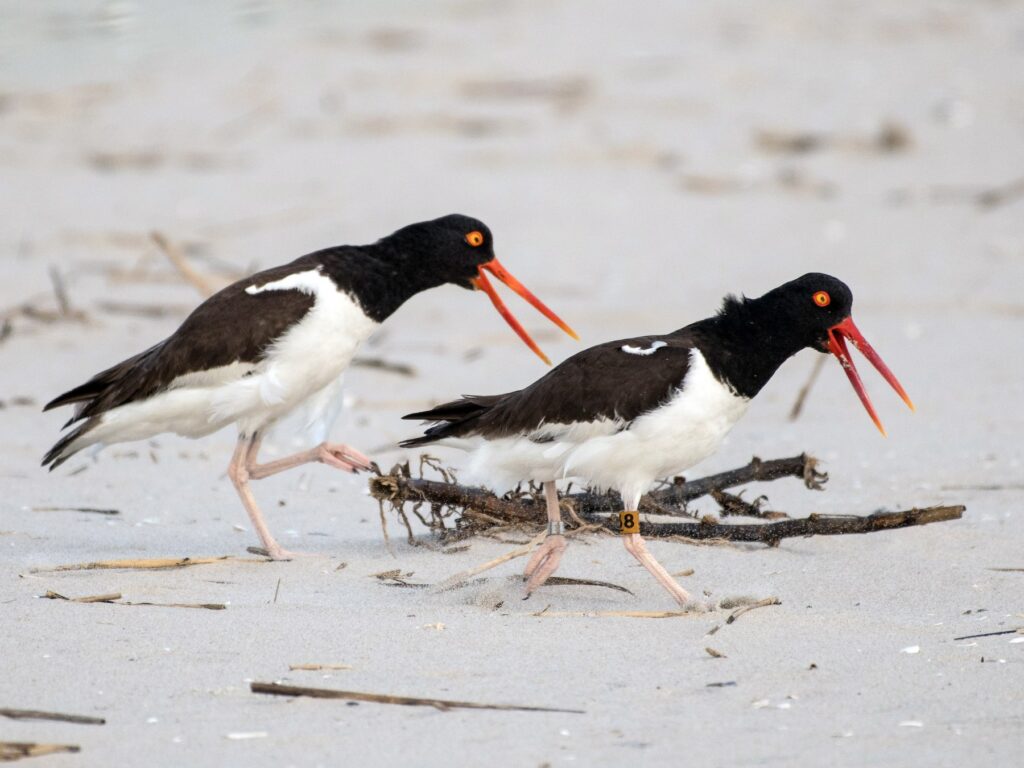
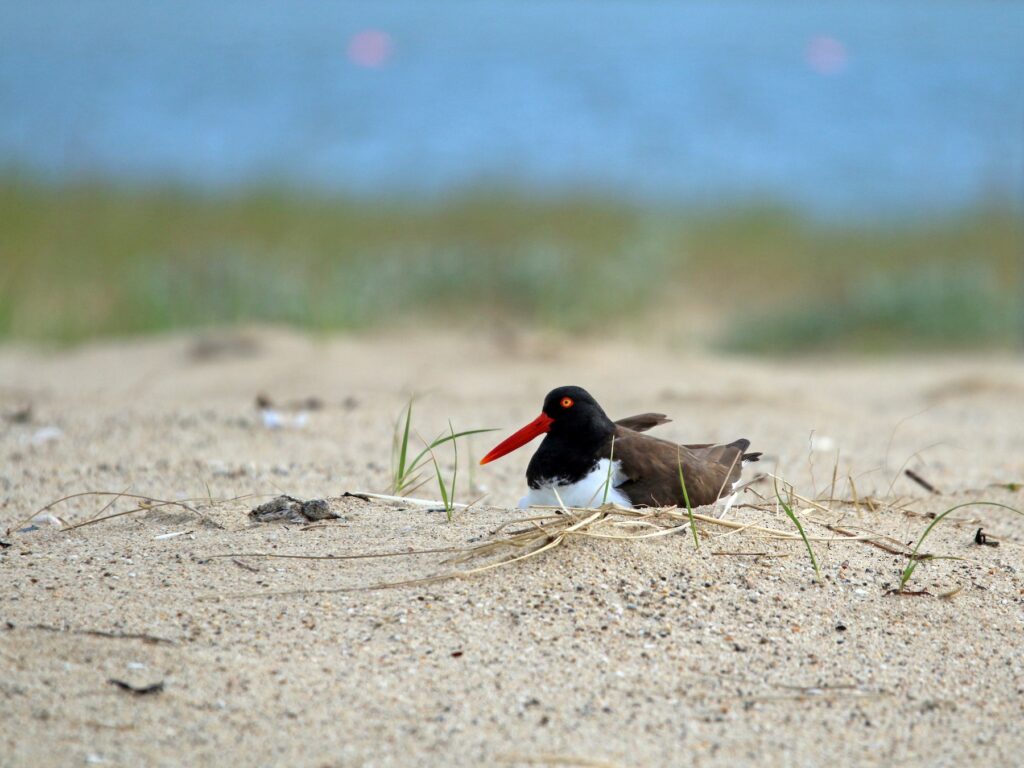
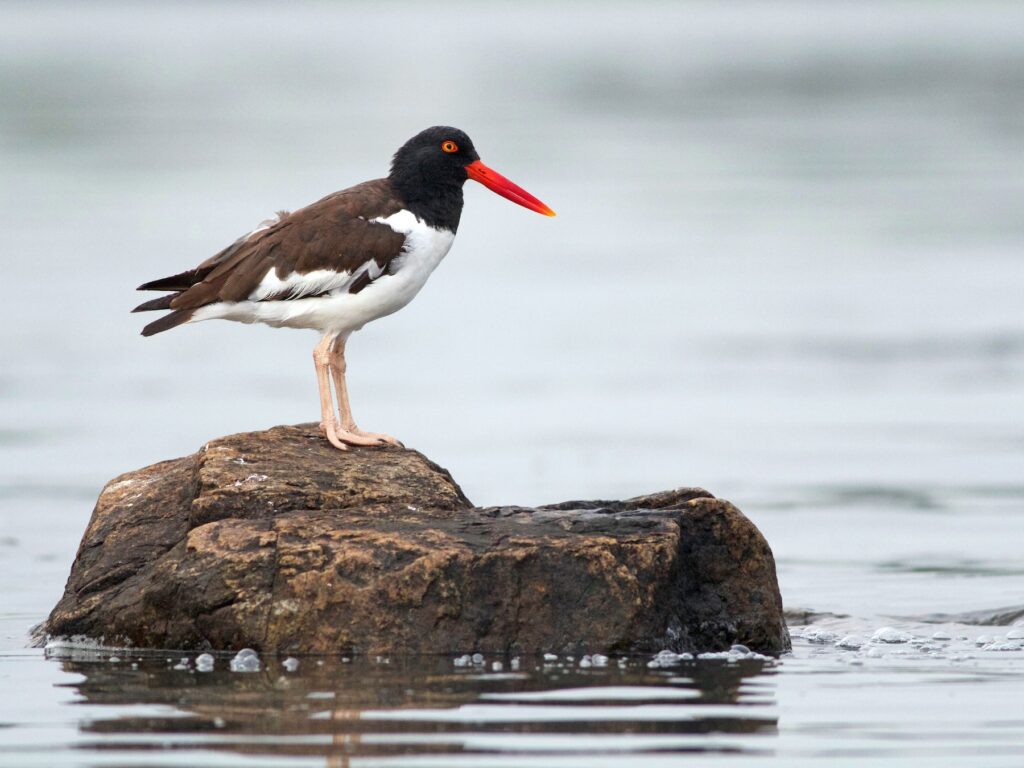
Key Takeaways
- The American Oystercatcher is a shorebird vital to coastal ecosystems.
- Conservation efforts are necessary to address the challenges facing this species.
- Understanding its diet and nesting habits is key to promoting its survival.
Taxonomy and Distribution
The American Oystercatcher is scientifically known as Haematopus palliatus. It belongs to the family Haematopodidae, which includes other oystercatchers like the Eurasian Oystercatcher (Haematopus ostralegus) and the Black Oystercatcher. Understanding its classification and geographical range is important for conservation efforts.
Classification
The American Oystercatcher is part of the genus Haematopus, which features several species. Within this genus, there are different races or subspecies of the American Oystercatcher. These include variations based on their geographical habitat, such as those found along the Atlantic Coast and the Gulf of Mexico.
It is related to the Pied Oystercatcher found in New Zealand and Australia, as well as the Black Oystercatcher, which is predominantly seen along the West Coast of North America. Hybridization between these species can occur, leading to unique breeding patterns.
Geographical Range
The American Oystercatcher is primarily distributed along the Atlantic and Pacific coasts of North America. They can be found from North Carolina down to Florida along the East Coast. Their range extends to Texas and even includes areas like Baja California.
In addition, some populations migrate to Cuba during the winter months. They prefer coastal habitats, which provide essential food sources like clams and oysters. Maps showing their distribution indicate their preference for estuaries, sandy beaches, and tidal flats where they can forage effectively for their diet.
Breeding Habits and Nesting
The breeding habits of the American Oystercatcher are vital for the species’ survival. This bird typically nests in specific environments and has distinct reproductive behaviors that support its success.
Nesting Grounds
American Oystercatchers prefer to nest on open beaches, marsh islands, and dunes. These locations provide the necessary shelter and resources. The birds look for areas that have minimal vegetation and good visibility to protect their nests from predators.
The nests are usually simple scrapes in the sand or gravel, often lined with pebbles and shells. This construction helps camouflage the eggs. The habitat chosen is crucial for successful breeding. It not only affects protection from predators but also accessibility to food for the young.
Reproductive Behavior
During the nesting season, which typically occurs in spring, American Oystercatchers engage in elaborate courtship displays. These behaviors include vocalizations and aerial displays to attract mates. Once pairs form, they defend nesting territories vigorously.
They usually lay 2 to 4 eggs, which are incubated for about 27 to 32 days. Both parents share incubation duties. Upon hatching, the chicks are precocial, meaning they can walk and find food shortly after birth. This feature is essential for their survival in the wild.
Given their status as a species of high concern, shorebird conservation efforts are crucial for the protection of American Oystercatchers during their breeding and nesting periods.
Diet and Foraging Strategies
The American Oystercatcher has unique methods for finding food, mainly focusing on bivalves such as clams, mussels, and oysters. Their foraging behavior and diet composition play critical roles in their survival.
Typical Foraging Behavior
American Oystercatchers exhibit specific foraging behaviors that are efficient in their coastal habitats. They commonly forage in intertidal zones, using their long, sturdy bills to probe for food beneath the surface.
These birds often work alone or in pairs. When foraging, they can be observed using their bills to pry open shells of bivalves. They may also use various tactics, such as observing other foraging birds to locate food.
In some cases, oystercatchers may change their foraging locations based on prey availability. Environmental factors, such as tides and water temperature, also influence their feeding patterns.
Diet Composition
The diet of the American Oystercatcher primarily consists of various bivalves. They have a strong preference for species like oysters and clams, which provide high nutritional value.
Key diet components include:
- Oysters: Often the main food source, rich in proteins and fats.
- Clams: A frequent choice, favored for their availability and ease of access.
- Mussels: Sometimes consumed, though less frequently than oysters.
This specialized diet allows them to thrive in their preferred habitats. Seasonal changes can affect their dietary habits, leading them to adapt their foraging strategies as needed. They are opportunistic feeders, taking advantage of available food sources within their environment.
Physical Description and Identification
The American Oystercatcher is a striking shorebird known for its unique physical traits. Identification can depend on age and sex, with adults displaying distinct features that set them apart from juveniles.
Adult Morphology
Adults typically sport a black head and a long, bright orange bill. Their bodies are mostly white with dark wings that can appear black from a distance.
The legs are long and pink, providing an excellent adaptation for their coastal habitat.
A distinctive feature is their speckled back, which helps with camouflage against rocky shorelines.
To identify adults accurately, one can look for the contrast between the black head and white body.
Sex differences are subtle, with males generally being slightly smaller than females. Adult American Oystercatchers are easily recognized even from afar due to their striking coloration and size.
Juvenile Characteristics
Juveniles exhibit a different appearance compared to adults. They have a more brownish and mottled body with less contrast than adults.
Their heads are generally a lighter brown and lack the bold black coloration seen in adults.
Juveniles have shorter bills that gradually lengthen as they mature.
Their plumage is often speckled, providing effective camouflage on sandy beaches and rocky areas.
Observation of a juvenile American Oystercatcher can be challenging. They blend well into their surroundings, making them less visible to predators.
Unlike adults, juveniles will have a more uniform coloration that helps them hide in their natural habitat until they reach maturity.
Conservation Efforts and Challenges
Conservation efforts for the American Oystercatcher focus on protecting its habitat and addressing various threats. Understanding these challenges is essential for developing effective strategies to support this species.
Current Conservation Status
The American Oystercatcher is listed as a species of high concern in North America. Its population has been affected by habitat loss, primarily due to coastal development and recreational activities. Key habitats, such as mudflats and salt marshes, are crucial for the bird’s survival.
Organizations like the U.S. Fish and Wildlife Service and various conservation groups are actively working on initiatives to monitor and enhance populations. Tools like EBird help track sightings and movements, providing valuable data for conservationists. Efforts include habitat restoration and educational programs to raise awareness about the species and its needs.
Threats and Protection Measures
Several threats confront the American Oystercatcher. Habitat destruction from urban development leads to decreased nesting sites. Increased human activity along coastlines can cause disturbances, affecting breeding success.
To combat these challenges, many protection measures are in place. These include habitat management plans to protect nesting areas and limits on human activities during the breeding season. Volunteer programs often engage the community in monitoring and protecting nests. Legal protections, such as those from the Migratory Bird Treaty Act, also help ensure their conservation.
By understanding these threats and implementing protective measures, conservationists aim to support and sustain the American Oystercatcher population.
Frequently Asked Questions
This section addresses common inquiries about the American Oystercatcher, including its size, habitat, diet, reproduction, behaviors, and migration patterns. Each topic provides detailed insights into the life of this unique shorebird.
What is the typical size and appearance of an American oystercatcher?
The American Oystercatcher is a large shorebird, measuring about 16 to 19 inches in length. It has striking black and white plumage, with a long, bright orange bill that is perfect for feeding on oysters and other shellfish.
Where can the American oystercatcher typically be found and what is its habitat range?
The American Oystercatcher is commonly found along the Atlantic and Gulf coasts of the United States. They prefer coastal habitats, including sandy beaches, mudflats, and oyster reefs.
What does the American oystercatcher’s diet mainly consist of?
Their diet primarily consists of mollusks, such as oysters and clams. They use their strong bills to pry open shells and access the soft tissue inside.
How does the American oystercatcher reproduce and raise its young?
During the breeding season, American Oystercatchers form monogamous pairs and build shallow nests on the ground. The female typically lays 2 to 4 eggs, and both parents take turns incubating them. The chicks are precocial and can leave the nest shortly after hatching.
What are some distinctive behaviors or characteristics of the American oystercatcher?
American Oystercatchers are known for their loud, distinctive calls and their sociable nature. They often feed in groups and can be seen foraging along shorelines during low tide.
How does the American oystercatcher migrate, and what patterns does it follow?
Many American Oystercatchers are migratory, moving south for the winter. They generally migrate from their breeding grounds in the northern U.S. to warmer coastal areas in Florida and the Gulf Coast during colder months.
